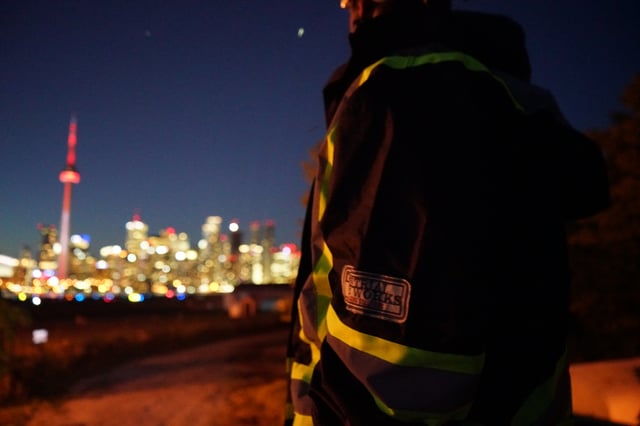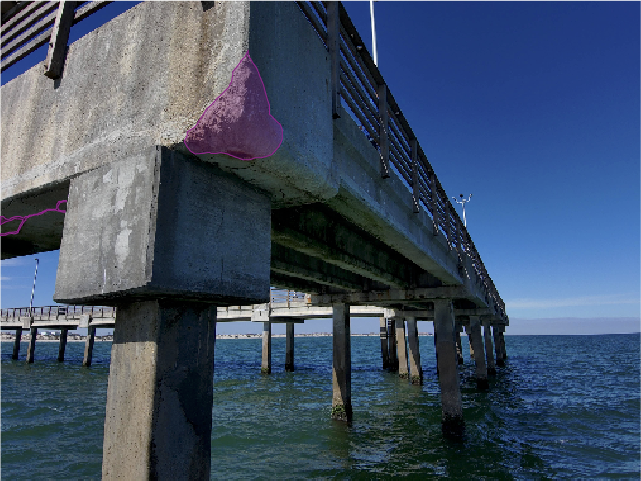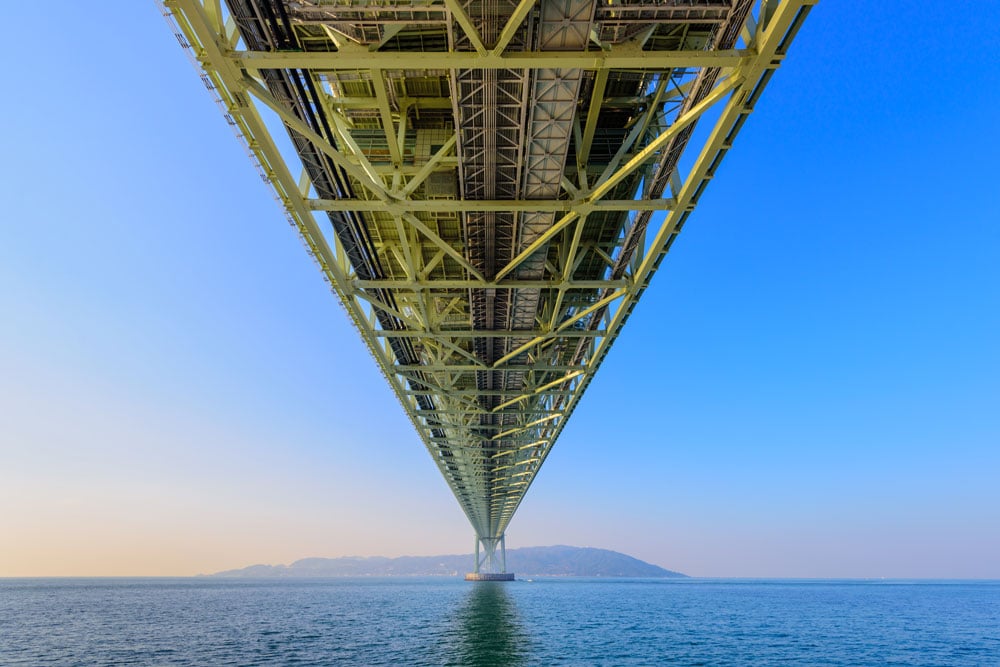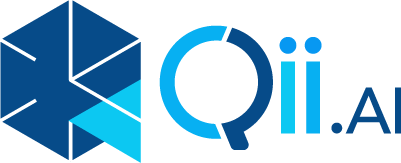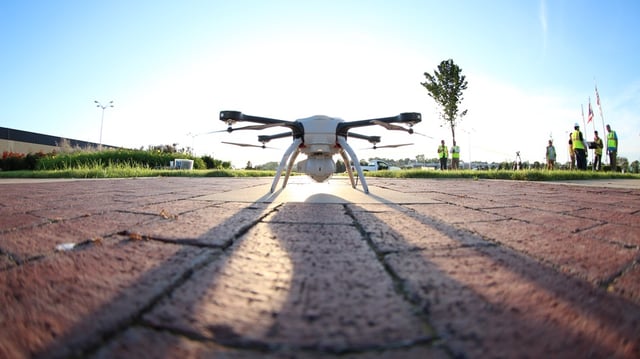
Drone inspections can dramatically reduce the high costs, safety risks, and time involved with conventional inspection methods. Since drones are small and inexpensive to operate, you can carry out more inspections every month than you can with conventional methods, without shutting down operations and affecting production. In traditional methods, you need to schedule a shutdown and assemble several workers, vehicles, helicopters, and other inspection equipment, especially for the energy sector. Also, the mobility, speed, ease of use, and efficiency of drones provides companies with the opportunity to collect data on a large scale. Since the drones can be used in even the most difficult areas, it makes it possible to inspect a whole pipeline and its surroundings, just in case there is need to analyze the extent of a leak.
Drone-based field investigations provide invaluable information to operational and maintenance managers with the following added advantages:
• timely reporting and investigation of damage/material loss when carried out under a defined schedule
• enhanced personnel safety by avoiding close proximity of humans to hazardous environments and dangerous locations
• firsthand delivery of information to supervisors/managers without the need to visit a site
• cost-effective alternative to route reconnaissance and aerial-surveys
• access to inspectors for investigations without plant-shutdown requirements.
In addition, drones may be the only data-acquisition option in emergency/accident situations.
Implementing drones
As with anything, you must do some prep work to successfully implement a drone-based inspection program. Based on your organization’s activities, ensure that you have estimates for all of the costs that will allow you to perform drone-based inspections. Currently, there two ways of operating drones—you can either purchase a drone or hire a drone-inspection-service company.
Should you decide to purchase a drone, evaluate the regulations and cost requirements. The major component costs are:
• drone purchase cost
• cost of acquiring the cameras and sensors that will address your organization’s needs
• software applications for imaging and analytics
• training or hiring a drone pilot
• obtaining relevant permits and licenses
• type of data you need to gather and how to handle it, uploaded to either a cloud-based server or company servers
• network requirements.
If your choice is to hire a drone-inspection-service company:
• research and obtain the costs of hiring a drone service that will address your needs
• consider other factors such as the relevant licenses required for the area to be inspected
• confirm the type of data and reports the company provides after the inspections.
Drone regulations
As with any technology of this type, there are rules and regulations that control commercial and industrial use of drones:
• The U.S. Federal Aviation Administration issued Part-107 of the Federal Aviation Regulations in August 2016, providing guidance for operating requirements, pilot certification, and device certification for UAVs.
• The Canadian government has incorporated/amended rules for certification and compliance requirements for UAVs as section 602.41 of Canadian Aviation Regulations SOR/96-433.
• UK Civil Aviation Authority issued regulations related to Remotely Piloted Aircraft Systems (RPAS) as CAP 722—Unmanned Aircraft System Operations in UK Airspace for regulating RPAS operation in UK.
• EASA (European Aviation Safety Agency) Basic Regulation, adopted in December 2016 by the European Council, contains the first ever European Union-wide rules for civil drones to fly safely in European airspace. This regulation contains general principles on revised common safety rules for civil aviation and a new mandate for EASA. On the basis of these principles, EASA will develop more detailed rules on drones through an implementation act, thus making it easier to update the rules as technology develops.
Rapid development of drone technology for commercial and industrial use has out-paced policy makers in many countries. Various governments are in the process of drafting or amending existing laws and regulations. Information regarding progress by various countries with respect to enactment of drone laws can be obtained from respective government authorities.
Minimizing risk
While UAVs have been successfully deployed globally for the past five years to inspect hazardous energy and petrochemical sites, manufacturers are still defining what can universally be understood to be an intrinsically safe drone-inspection platform. Specific health and safety plans will differ from facility to facility, but there is a set of guiding principles that successfully reduce the risk of professional UAV inspection operations to acceptable levels.
Power sources: Most professional UAV platforms now use brushless, magnetic motors that dramatically reduce risk of ignition from friction. While some long-range and heavy-lift UAVs are powered by liquid fuel, any UAV platform used to inspect hazardous sites will be powered with sealed batteries. It is important, when flying over sites such as live flare stacks, to minimize the risk of sparks on battery connectors or of UAV-mounted components (such as external batteries and sensor payloads) falling. UAV platforms that incorporate internal batteries inside the UAV’s body, together with sensor payloads that are mechanically integrated into that UAV, should therefore be deployed on these types of projects.
Additional thermal or gas sensors: Professional-grade inspection cameras now often incorporate thermal and visual sensors. Even if it is only photographic data that is being captured for an inspection project, the real-time feedback from the thermal sensors can provide a warning of extreme conditions onsite throughout the survey. When inspecting cold, venting smoke stacks, where un-ignited hydrocarbons can be present, methane or various other gas sensors might be used to provide additional warning during the inspection operation.
Flight plans: The best way to mitigate risk when inspecting flammable and hazardous sites is through comprehensive planning. The reason that drone inspection is used at all is because it enables visual and non-destructive inspection of a site without requiring personnel to be on the structure itself. Pre-planned flight paths can easily keep a drone 20 to 50 ft. from a structure and high-resolution imaging can easily be captured from 300 ft. away. The exact distance will always be defined by the UAV inspection-service provider and the facilities manager at the plant. Common sense also dictates that flight plans keep the UAV at an angular tangent away from the structure, rather than directly overhead, should anything fall.
Deploying UAVs to flammable sites: All operations around oil and gas infrastructure need to be carefully regulated and tightly controlled. Policies such as those related to intrinsic safety have long been in place to protect people and the environment on these types of sites. While intrinsic safety describes a set of electrical design principles, it also considers deployment procedures.
UAV platforms are not intrinsically safe in their electrical design. However, professional UAV inspection operations can offer an inspection procedure that minimizes health and safety risk to plant staff and the public, in addition to delivering significant economic savings to the plant.
Acquiring data
Using professional UAV inspection services, an asset manager can reduce the time that inspection personnel need to spend on the building itself. Provided a mission’s flight route has been well planned, a drone can collect imagery data that covers the entire building envelope in a fraction of the time that it takes for inspection personnel to traverse it.
Typically, visual and thermal imagery are collected. After applying automated statistical processes to convert the imagery into a 3D ‘point cloud,’ it is straightforward for skilled interpreters to identify locations and areas of deterioration on the building envelope. Since the data are being viewed in 3D, the roof and facades can be visually interpreted.
As the data in the point cloud is geo-referenced with real-world geographic coordinates, a plan or a map can be provided to an inspection and maintenance team to identify areas of deterioration before anyone needs to climb any ladders or scaffolding, undertake rope-access procedures, or walk on a roof.
Longwave vs. handheld mid-wave IR cameras
Typically, a roof-inspection company might use a MWIR(mid-wave infrared) handheld camera or a LWIR (long-wave infrared) unit to collect data using an airborne platform. The advantages and disadvantages to the agency undertaking the roof inspection and the customer need to be assessed in terms of the sensor technical characteristics and the implementation implications.
Handheld MWIR can increase sensitivity among reflective/cool roofs and increased scaling values in output images can make results easier to interpret. However, the reduced dynamic range the cameras have could mean reduced sensitivity across all material types. On the other hand, using drone-mounted longwave IR provides a high dynamic range that leads to increased sensitivity across dark, cooled roof structures. But, LWIR technology requires an increased expertise to interpret subtle differences in thermal capacitance between different roof materials, especially when highly reflective.
In terms of implementation, drone-mounted LWIR doesn’t require inspection personnel to walk on a roof. The entire building envelope, including hard-to-reach areas can be imaged. Thermal ghosting (or leakage) is minimized by a high straight-on view of a roof by a camera. A complete, geo-referenced report can be quickly provided to the client.
Drones, equipped with a combination of sensors, are revolutionizing oil and gas inspections. At the moment, drones with thermal imaging, photo, and video cameras, as well as gas sniffers and other sensors, are performing a variety of inspection functions. The mobility and sensors allow the drones to analyze facilities for existing and potential defects safely, quickly, and efficiently.
Drone in the energy industry
Inspection Drones fitted with visual cameras and IR cameras can help in implementation of RBI inspections of Oil & Gas assets under API RP-580 as well as Fitness-For-Service Analysis under API 579-1 / ASME FFS-1. Inspection Drones which are designed for operations in closed or congested spaces can prove extremely advantageous for inspection carried out under piping (API 570 – Piping Inspection Code) and tankage (API Std 653 – Tank Inspection, Repair, Alteration and Reconstruction).
There is no doubt that supported by back-end data analyses and processing capabilities, inspection drones are a useful tool for managing risk by making informed decisions on the maintenance requirements and frequency of inspections. With regards to RBI analysis, periodic drone inspections can provide vital information regarding numerous process safety management issues that can affect the overall mechanical integrity and safety of a process unit.
This article is written by Industrial SkyWorks. First Published on Maintanence Technology and Edited by Gary Parr.

